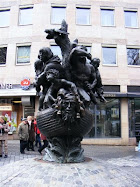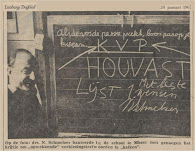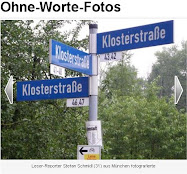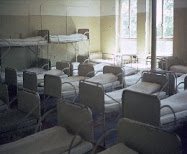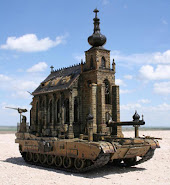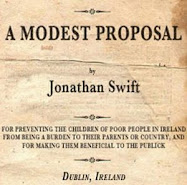Secret house for 'immoral' clergy set up in the 1940s
Monday July 10th 2006 Irish Independent
THE Irish Catholic bishops were so appalled 60 years ago by evidence of immoral behaviour among priests, that they secretly authorised the setting up of a 'House for Clergy Under Correction'.
A previously unpublished document reveals that the bishops were so alarmed at the scale of the clerical scandals that they went to the extraordinary step of deliberately concealing from the faithful the true purpose for which inmates were sent to the detention centre in Waterford.
In the confidential document, endorsed by the bishops at their private meeting in Maynooth in 1946, they agreed that the proposed House "be given a name which will not have a defamatory connotation."
Inmate
A recommendation from an Episcopal Committee appointed at the June Maynooth meeting in 1945 suggested that the House should be called either St Joseph's Home for Priests or St Joseph's Convalescent Home for Priests.
The four archbishops and 22 bishops from all 26 dioceses North and South pledged themselves to contribute €2 for each priest in their diocese who was sent as an inmate to the House.
"While the House is intended primarily for priests who through their own fault have rendered themselves unfit for missionary or other priestly work, the Superior may also admit priests who are incapacitated through non-culpable causes," it states.
Intriguingly, it does not specify the vices indulged in by errant clerics.
But in 1944 the Dublin City Medical Officer reported a sharp increase in venereal disease, a symptom of a marked growth of public 'immorality' in Ireland during World War II.
The confidential document is contained in the papers of the Archbishop of Dublin, Dr John Charles McQuaid, the son of a doctor who at that time was using his enormous influence to persuade the Sisters of Mercy to open the first VD clinic in Ireland.
The immediate post-War years saw a surge in emigration to Britain of unmarried young women, many of them leaving home to conceal illegitimate pregnancies, some of them from illicit sexual relations with or rapes by priests.
Grave
At a time when childbirth out of wedlock was deemed a grave social sin, unmarried mothers were being sent to Magdalene Homes to work in laundries, where later testimonies have shown that they were abused sexually by priests.
In an era of high unemployment and pervasive poverty, pressure was mounting on the religious orders to cater for children who were being sent by the courts to industrial schools and reformatories.
In view of this the House of Correction may also have been a location for bishops to send paedophile priests. The bishops were also worried by a general rise in public intemperance had been identified as a curse of the Irish priesthood.
Whatever the exact nature of the peccadilloes of the clergy, the initiative for establishing the House came from the Brothers of Charity, who were based at Belmont in Waterford.
Literally, the Brothers were pushing an open door.
Their proposal was granted by the Hierarchy in June 1945. The sub-committee formed to work out rules governing the House. consisted of the Coadjutor Archbishop of Cashel, Jeremiah Kinane, along with the Bishop of Ossory, Patrick Collier and the Bishop of Waterford, Daniel Cohalan.
They recommended that a chaplain representative of the whole Hierarchy should be appointed.
While the chaplain had faculties to hear the inmates' confessions, provision was made for an external confessor to visit the House at least once a week. for the discharge of his functions.
The rules further provided that there should be disciplinary regulations for the inmates with appropriate sanctions drawn up by the Superior after consultation with the chaplain. Among the disciplinary regulations was one forbidding inmates to leave the precincts without the express permission of the Superior.
Consultation
This was to be given only for a grave cause and after consultation with the chaplain.
A clause was inserted giving Bishop Cohalan the right to make whatever disciplinary regulations in connection with the House and its inmates he might deem necessary for the preservation of good order and good morals in his diocese.
Admission to the House was open to not only priests attached to the Irish dioceses but also priests attached to dioceses in Britain, and Irish priests generally, whether secular or religious.
No priest whose admission the Superior, after due investigation and consultation with the chaplain considered likely to be a serious danger to the good order or good morals of the House, was to be admitted.
The disciplinary regulations specified dismissal for "conduct calculated to interfere seriously with the good order or good morale of the House.
John Cooney© Irish Independent
dinsdag, juli 11, 2006
Abonneren op:
Posts (Atom)
